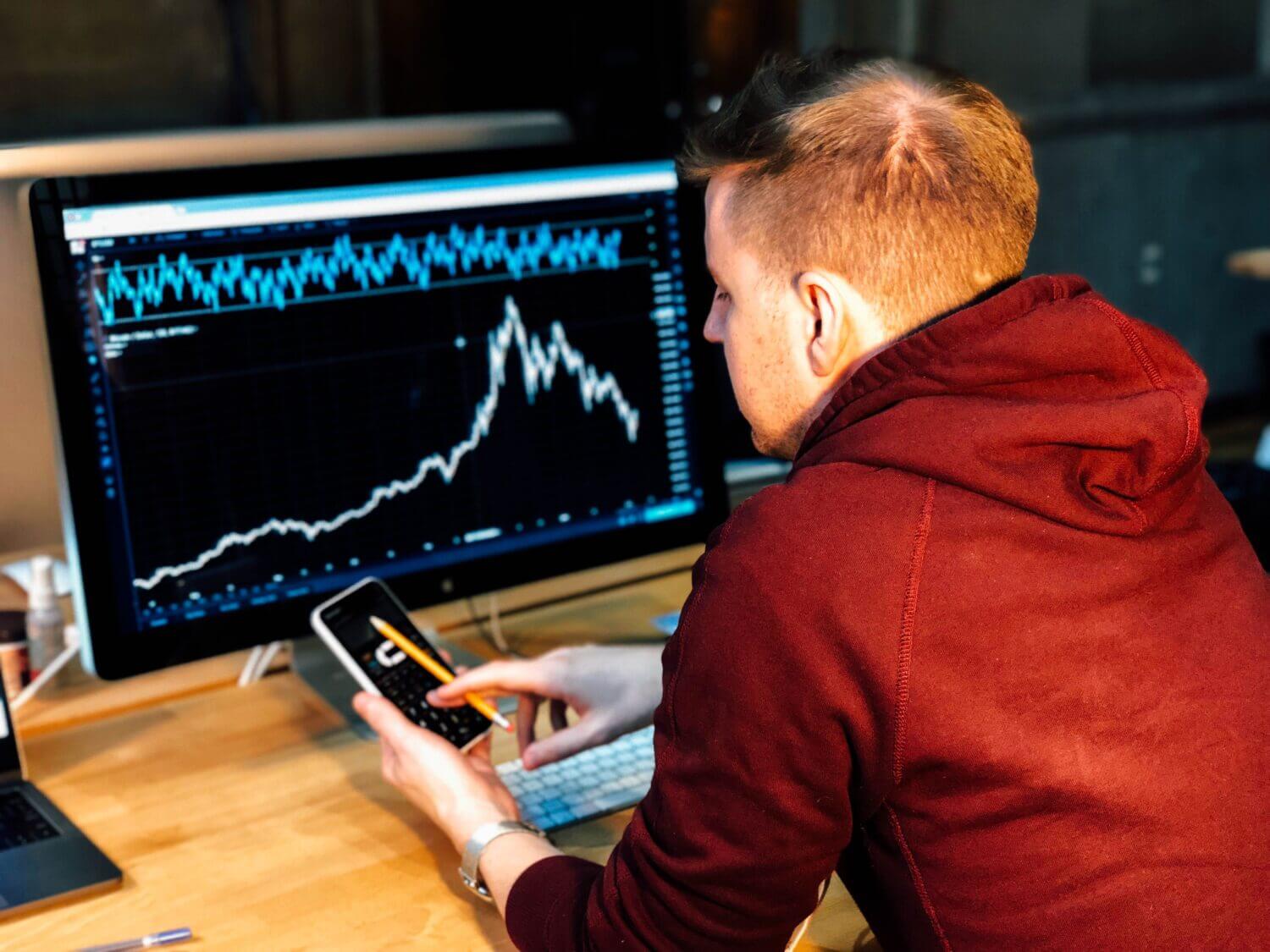A. Conventional investing wisdom says that young people can afford to be aggressive, especially if they can look forward to a defined pension plan in retirement. I’ve heard from many investors in their 20s and 30s who, like you, are contemplating an all-equity portfolio, and it’s not surprising. Stocks have a significantly higher expected return than bonds, so if you have a long time horizon, why not strive for maximum growth?
The problem is that what makes sense on a spreadsheet doesn’t always hold up in real life. While long-term stock investing has mostly been rewarding, the short-term is often gut-wrenching. We have seen this in 2022. Market fluctuations will frequently trim your portfolio by 20% in a matter of a few months—this is called a bear market—and during your lifetime you should probably expect an all-stock portfolio to be cut in half at least once, as well. Only the most disciplined investors can endure losses like that without being tempted to sell their stocks, which is a surefire way to sabotage a long-term plan.
Even more difficult than the painful but short-lived downturn is the prolonged bear market. The great financial crisis of 2008–09 was devastating, but it lasted only about six months and the recovery was remarkably quick. Compare that to the aftermath of the dot-com bust at the turn of the millennium. A portfolio consisting of equal parts Canadian, U.S. and international stocks saw three consecutive calendar years of negative returns. That was a long, excruciating ride, and many investors jumped ship well before things turned around in 2003.
Watch: Portfolio builder lesson 1
Compare the Best Robo-Advisors in Canada >
Jonathan, you are 30 years old and weren’t investing when the dot-com bubble burst, so you won’t have any first-hand experience with losses of this magnitude. Since 2009, investors have enjoyed one of the best-ever periods for stock markets: double-digit returns and remarkably little volatility, at least until recently. Even the early pandemic losses were short-lived, with a quick turnaround that lasted into 2022. As a result, many younger investors have overestimated their risk tolerance.
Sure, on an intellectual level, they may understand that an all-stock portfolio will likely experience multiple haircuts, but if they haven’t actually experienced it, that doesn’t mean much. In his immortal book, Where Are The Customers’ Yachts?, first published in 1940, Wall Street trader Fred Schwed put it like this: “There are certain things that cannot be adequately explained to a virgin either by words or pictures. Nor can any description that I might offer here even approximate what it feels like to lose a real chunk of money that you used to own.”
It’s also important to remember that at age 30 you can’t assume you will enjoy a comfortable defined benefit pension in retirement. A lot can happen between now and then, including multiple job changes. The situation might be different for public servants who already have 20 or more years of service and a pension that is essentially guaranteed.
If I still haven’t convinced you, Jonathan, the good news is that building a global stock portfolio is simpler and cheaper than it’s ever been. The Vanguard All-Equity ETF Portfolio (VEQT) allows you to achieve this with a single fund. This ETF is approximately 40% US equities, 30% Canadian equities and 30% international equities, covering both developed and emerging markets. It holds nearly 14,000 stocks from around the world, and it gets automatically rebalanced, so it requires virtually no maintenance—all for an annual management expense ratio (MER) fee of just 0.24%.


